There’s something deeply unsettling about stepping into a restaurant and immediately knowing something feels off. Maybe it’s the sticky menus, the odd smell lingering in the air, or the way the servers seem vaguely apologetic before you’ve even placed your order. If you’ve ever wondered what health inspectors notice before slapping a place with violations, here’s the inside scoop on red flags that mean you should probably just walk back out.
The Bathroom Test
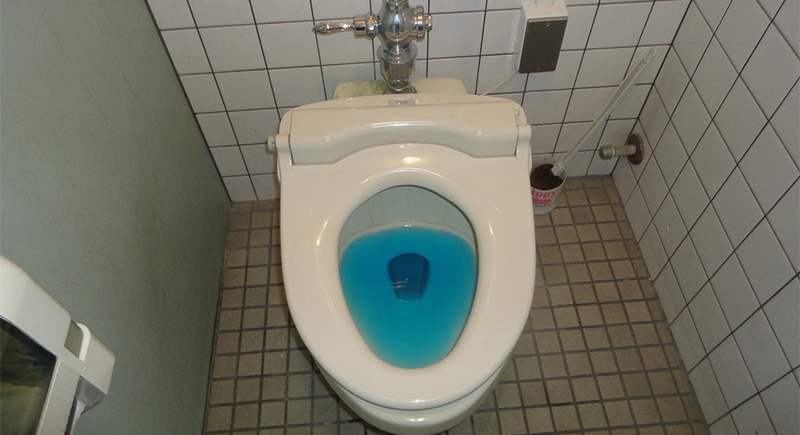
If the restroom is dirty, unkempt, or missing essentials like soap and paper towels, the kitchen is probably worse. A health inspector pointed out that restaurants cutting corners on visible areas are almost certainly slacking on food safety behind the scenes.
The Menus Are Sticky or Greasy
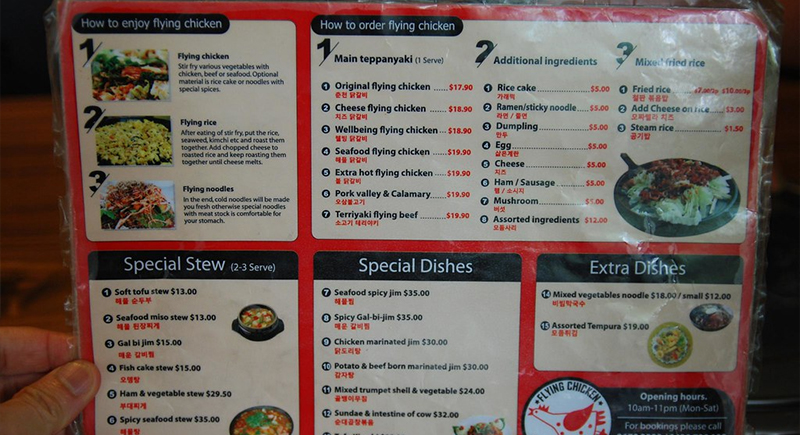
If a restaurant can’t even keep their menus clean, imagine what the kitchen looks like. These things get handled by countless people all day long, so a layer of grime is a strong indicator that sanitation isn’t a priority. Worse, laminated menus that feel greasy suggest that whatever’s on your hands was also on someone else’s ten minutes ago.
Too Many Menu Items
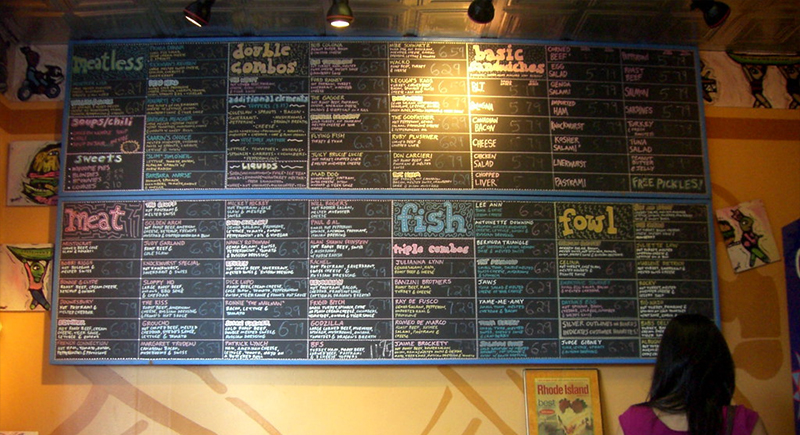
A jack of all trades is a master of none. When a place serves sushi, burgers, pasta, and tacos all on one menu, that’s a problem. Restaurants that try to do too much usually end up doing everything poorly. A long, all-over-the-place menu means one of two things: either they’re using frozen food for most dishes, or the chef isn’t actually great at any of them.
The Dining Room Is Dirty—Especially in the Corners
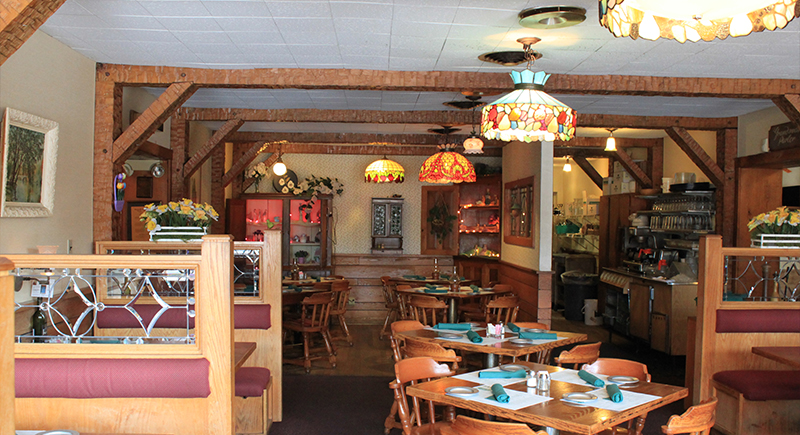
Health inspectors know that if a restaurant isn’t cleaning the visible areas, they’re cutting even more corners where customers can’t see. If you spot crumbs under tables, dusty decor, or a layer of grime on surfaces, the kitchen is probably worse. Nobody wants to think about what’s lurking under the prep stations.
The Salt and Pepper Shakers Look Questionable
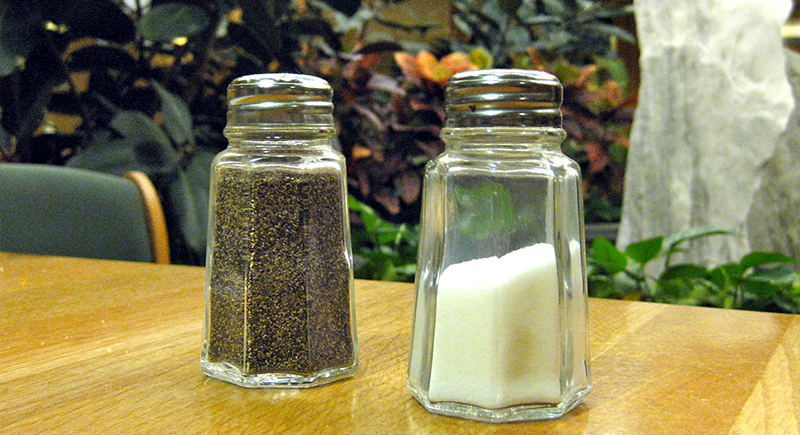
When was the last time those got cleaned? If the tops of the shakers are gunky, greasy, or clogged, odds are the restaurant doesn’t regularly clean them. And if they aren’t cleaning something as small as a salt shaker, imagine how they’re handling food prep surfaces.
The Soda Tastes Off
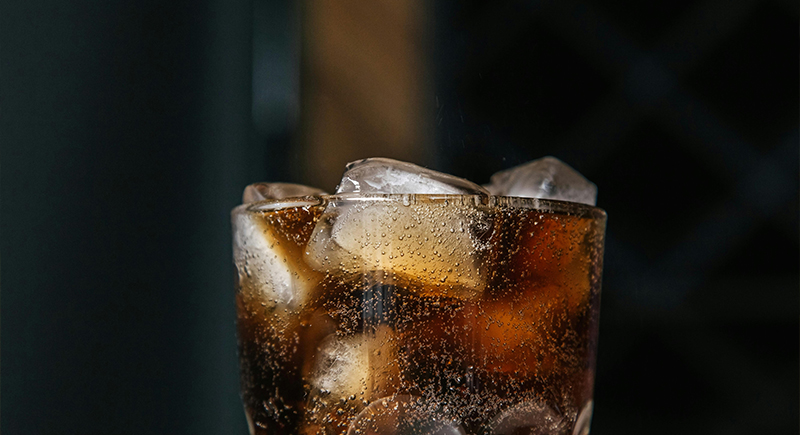
A weak, flat, or overly syrupy soda is a dead giveaway that the drink lines haven’t been cleaned in a while. That same neglect extends to the ice machine, which can become a breeding ground for mold and bacteria. If a place doesn’t care enough to maintain basic beverage machines, they’re likely skipping other critical cleaning steps, too.
The Floors Are Sticky
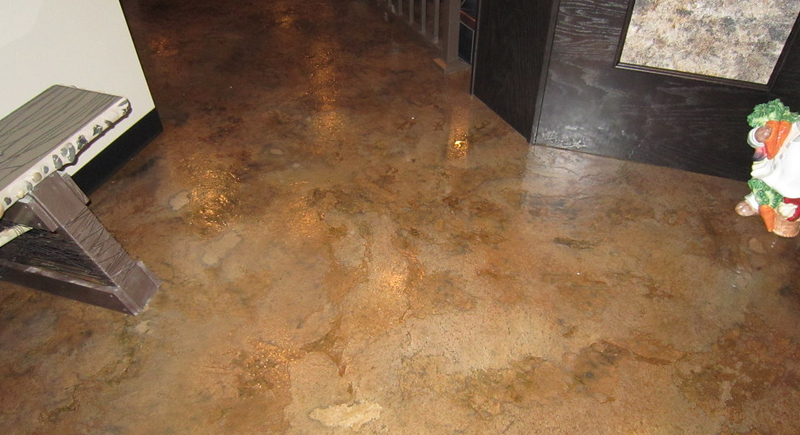
If the floors are sticky in the dining area, that means the staff isn’t properly mopping and cleaning up spills. This only gets worse in the kitchen, where old grease buildup can become a slipping hazard—and a breeding ground for bacteria. A clean restaurant shouldn’t feel like you’re walking across a movie theater floor after a double feature.
The Health Inspection Grade Is Suspiciously Old
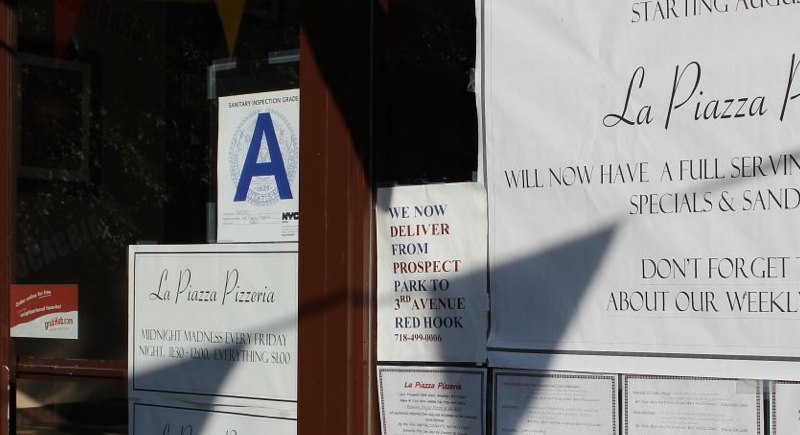
Most restaurants are required to display their health inspection grades. If you notice a suspiciously old certificate or one that’s mysteriously absent, that’s a red flag. A high rating should be something they’re proud to show off, and if it’s missing, there’s probably a reason they don’t want you to see it.
A Rundown Exterior That Screams Neglect
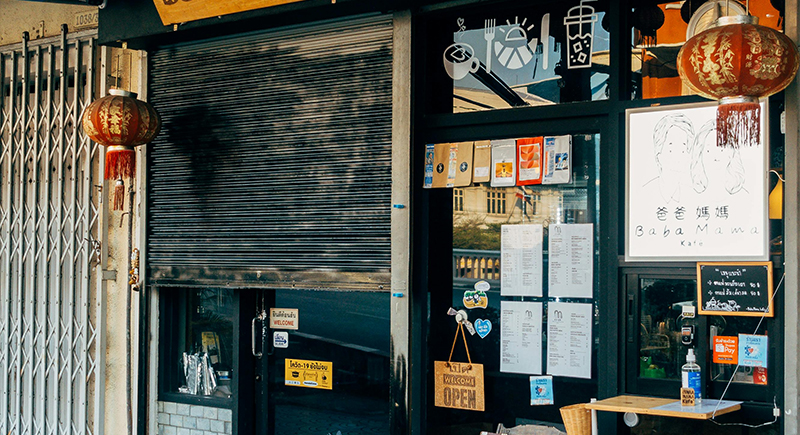
First impressions matter. If a restaurant’s outside looks like it hasn’t been cleaned in years—dusty windows, chipped paint, and trash blowing around—it’s probably a reflection of how things are inside. A well-run restaurant keeps its entrance tidy because it understands that cleanliness starts before you even walk through the door.
Cross-Contamination in Action
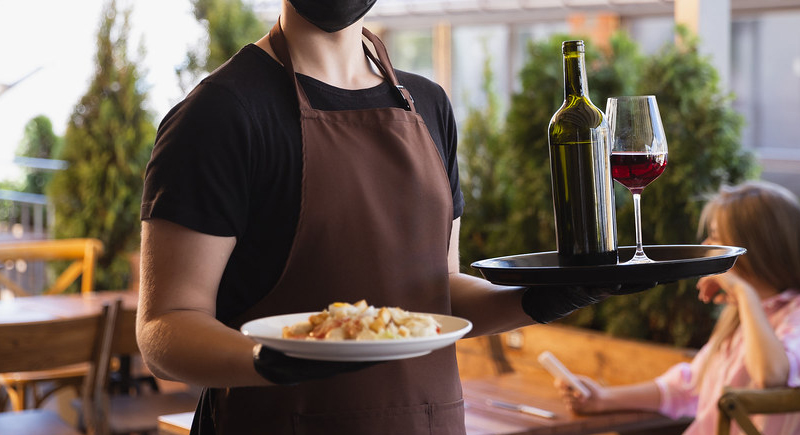
Watch how food is being handled. If you see someone handling raw meat and then touching ready-to-eat ingredients without changing gloves or washing hands, that’s a serious issue. Cross-contamination is one of the easiest ways for bacteria like Salmonella and E. coli to spread, and it’s completely preventable with proper hygiene.
Food Stored Incorrectly
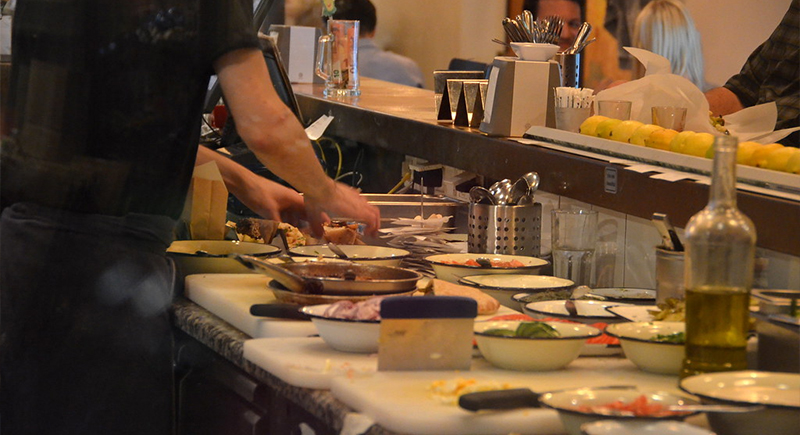
If you catch a glimpse of the kitchen or prep area, look at how food is being stored. Raw ingredients should be properly refrigerated, sealed, and organized. If you see ingredients sitting out at room temperature or uncovered containers stacked on top of each other, that’s a sign of poor food safety practices.
Lipstick Stains on Glasses

Nothing kills an appetite faster than sipping from a glass that still has someone else’s lipstick stain. A glass that isn’t thoroughly cleaned suggests the restaurant’s dishwashing process is rushed or ineffective. If they can’t be bothered to wash a glass properly, what else are they skimping on?
Employees Who Look Sick
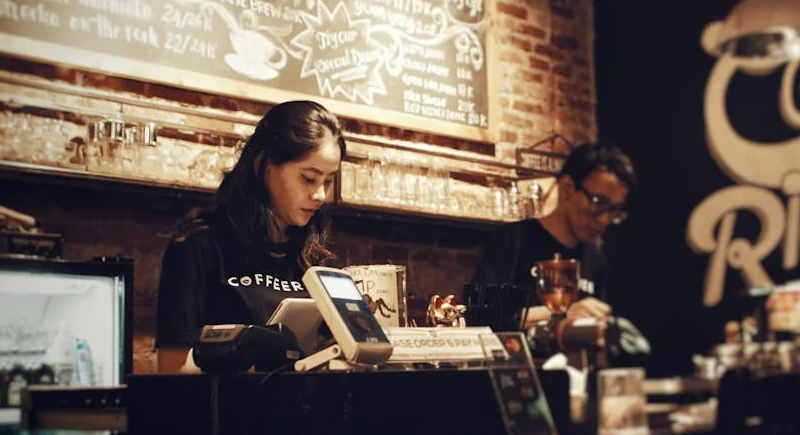
If your server is coughing into their sleeve or looks feverish while handling plates, you have every reason to be concerned. Food service workers are supposed to stay home when they’re sick, but not all restaurants enforce that rule. A management that isn’t prioritizing staff health is also not prioritizing customer safety.
Dirty or Streaky Silverware
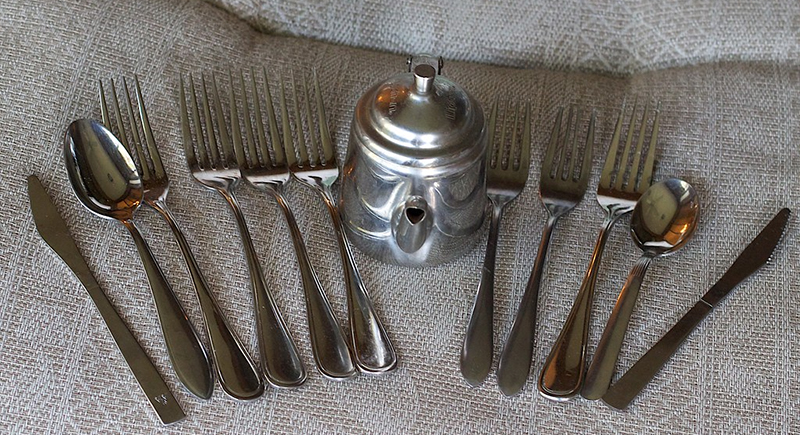
Before taking a bite, take a quick look at your fork and knife. If they still have food residue, water spots, or a filmy layer of grease, that means they weren’t properly washed. Inadequate dishwashing spreads bacteria and germs, so clean utensils should be non-negotiable.
Pests in the Open
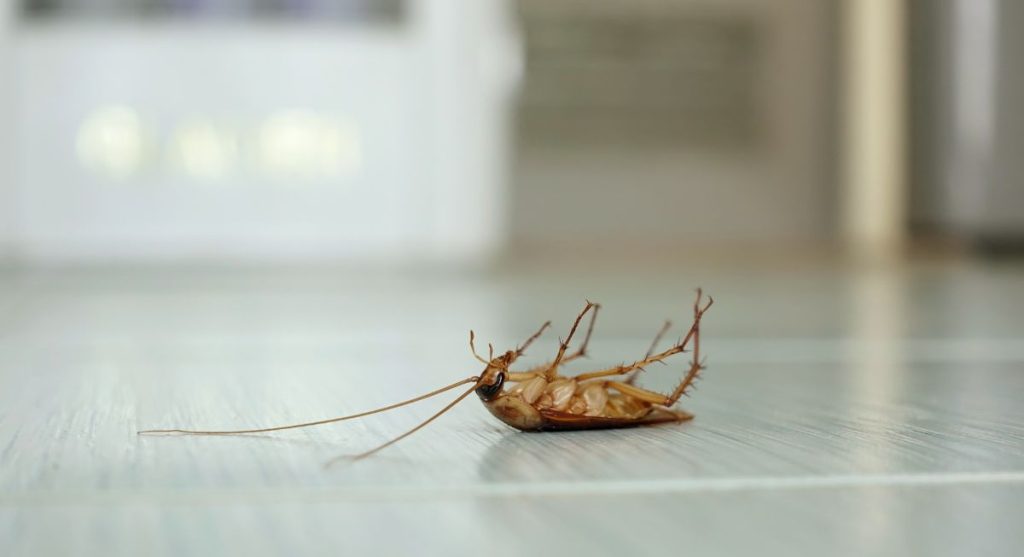
Seeing a cockroach scurry across the floor or a fly hovering over the salad bar should be an immediate dealbreaker. Rodents and insects carry diseases and bacteria that can contaminate food. Even a single pest sighting can mean there’s a much bigger infestation lurking behind the walls.